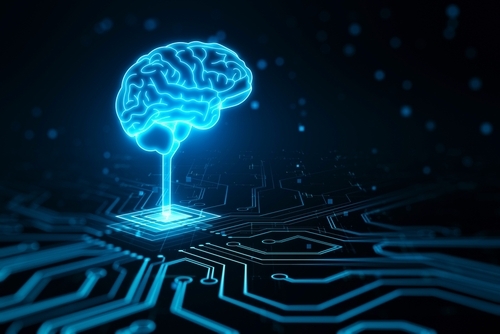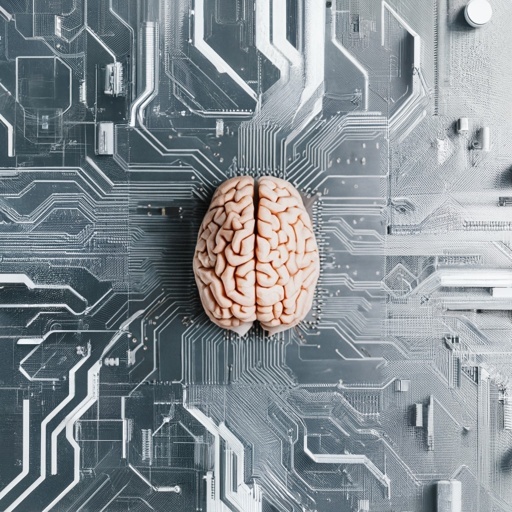Brainoware: Merging Human Brain Tissue with Electronics
In recent years, scientists have embarked on a groundbreaking endeavor: creating a computer that combines real human brain tissue with electronic components. This innovative technology, known as Brainoware, represents a remarkable convergence of biology and computing.
The Brain Organoid Connection
At the heart of Brainoware lies a tiny brain-like structure called a brain organoid. These mini-brains are cultivated from human stem cells in laboratory settings. Unlike traditional silicon-based computers, Brainoware taps into the inherent efficiency of living brain cells.

Wetware Computing: A New Paradigm
Brainoware operates through a concept known as wetware computing. Researchers house 16 brain organoids within four arrays, each connected to eight electrodes. A microfluidics system supplies water and nutrients to these clusters of lab-grown brain cells.
Energy Efficiency and Potential Impact
The energy consumption of Brainoware is remarkably low compared to digital processors. While we lack specific numbers for this system, consider that training large language models like GPT-3 (a precursor to GPT-4) requires an astounding 10 gigawatt hours—equivalent to 6,000 times the energy used by a European citizen in a year. In contrast, the human brain, with its 86 billion neurons, operates on a mere 0.3 kilowatt hours per day.
A Sustainable Alternative
As the AI industry continues to expand, energy-efficient computing becomes crucial. Brainoware offers a promising alternative, bridging the gap between biological networks and electronic circuits. By harnessing the power of human brain cells, we may unlock new frontiers in computing while minimizing our environmental impact.
Ethical implications
The ethical implications of Brainoware are multifaceted and thought-provoking.
Autonomy and Consent: Brainoware involves manipulating human brain tissue, which raises questions about informed consent. If we use brain organoids from donors or patients, ensuring their autonomy and consent becomes crucial. Additionally, should we grant these brain organoids any form of agency or rights? Striking a balance between scientific progress and ethical boundaries is essential.

Identity and Personhood: When we merge biological brain cells with electronics, we blur the lines between human and machine. Defining personhood in this context becomes challenging. Does Brainoware possess consciousness or self-awareness? If so, how do we respect its rights?
Privacy and Data Security: Brainoware could process sensitive information directly from neural networks. Protecting privacy and preventing unauthorized access to these hybrid systems is critical. Imagine a scenario where Brainoware interfaces with personal memories—how do we safeguard against misuse?
Unintended Consequences: Brainoware’s behavior might be unpredictable due to the complexity of brain tissue. Unexpected emergent properties could arise. Ensuring safety and minimizing unintended consequences is paramount.
Equity and Access: Brainoware could exacerbate existing inequalities. Will it be accessible only to the privileged few? We must consider equitable distribution, affordability, and accessibility.
Dual-Use Dilemma: Brainoware could have both beneficial and harmful applications. Dual-use technology presents challenges. How do we prevent malicious uses, such as brain-controlled weaponry or invasive surveillance?
Long-Term Effects: Brainoware’s impact on human health remains uncertain. Could it lead to unforeseen health issues? Rigorous testing and ongoing monitoring are essential.
In summary, Brainoware represents a bold leap toward a future where living brain tissue collaborates with technology, ushering in a new era of sustainable computing but a delicate balance between scientific advancement and responsible stewardship is needed.



